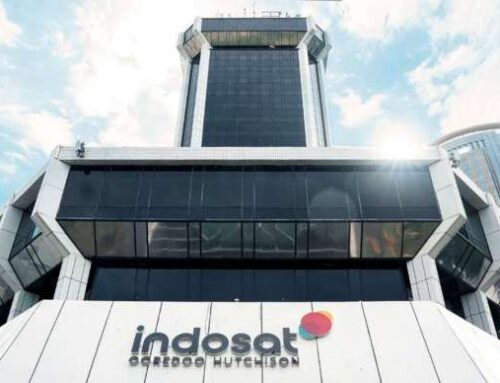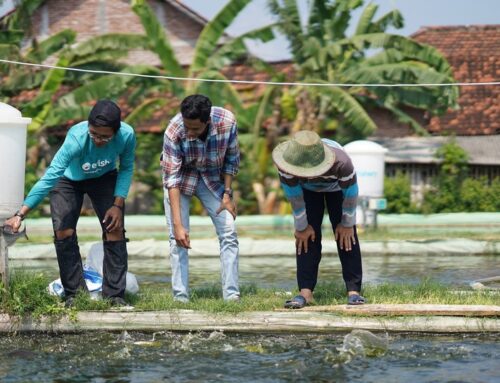
PLN Starts Green Hydrogen Production
The new green hydrogen plant, located at the Muara Karang Steam Gas Power Plant (PLTGU) in Jakarta, will produce about 51 tonnes of hydrogen per year. State-owned electricity company PLN has begun to produce green hydrogen, or hydrogen produced using renewable energy, at the first green hydrogen plant in the country, according to a press release issued by the Energy and Mineral Resources Ministry on Monday. The facility is set to produce about 51 tonnes of hydrogen per year using 2,795-megawatt hours (MWh) of electricity generated using solar panels, according to the release, with the power provided by PLN Nusantara Power, a subsidiary of the state-owned utility company.
As a fuel that does not produce carbon emissions during production or use, green hydrogen is deemed crucial to reducing emissions in industries that are tough to electrify, like steel, cement-making or sometimes transportation. The green hydrogen plant is located at the Muara Karang Steam Gas Power Plant (PLTGU) in Jakarta. During the facility’s inauguration on Monday, the ministry’s new and renewable energy and energy conservation (EBTKE) director general, Yudo Dwinanda Priaadi, referred to green hydrogen as a “game changer” for the energy transition and an alternative fuel source for many industries. “At first, we thought that producing green hydrogen would require a long time,” said Yudo, as quoted in the release.

PLN chief executive Darmawan Prasodjo hailed the hydrogen plant as a symbol of the company’s commitment to the country’s energy transition. He noted, “We recognize the hydrogen plant’s potential to generate green hydrogen, offering added value and future business opportunities.” Furthermore, PLN has plans to develop a green hydrogen storage system for future utilization, as per the release. Read also: PLN’s ambitious renewables target lacks govt support Indonesia aims to reduce carbon emissions by 29 percent by 2030 and achieve net-zero emissions by 2060.
In pursuit of that goal, the government has issued a presidential regulation for accelerating new and renewable energy (NRE) development, including a targeted 328 MW green hydrogen production capacity by 2030, increasing to 52 gigawatts (GW) by 2060, according to a report by the Institute for Essential Services Reform (IESR). To achieve these targets, the government anticipates US$800 million in private-sector investment by 2030 and $25 billion by 2060, as stated in the report. However, green hydrogen remains relatively expensive because of factors such as the high cost of electrolyzers, renewable electricity and the low capacity of renewable energy.

The estimated production cost of green hydrogen in Indonesia ranges from $3 to $12 per kilogram, depending on the technology used and project location, with the potential to drop to around $2 per kg in locations with optimal resources. This cost would make green hydrogen competitive with hydrogen produced from fossil fuels involving carbon capture, usage and storage (CCUS).
The overall cost of generating electricity from renewable sources is a significant factor in green hydrogen production. The energy ministry is currently in the final stages of completing the green hydrogen road map, which is expected to be released by the end of this year, as stated by Yudo.























